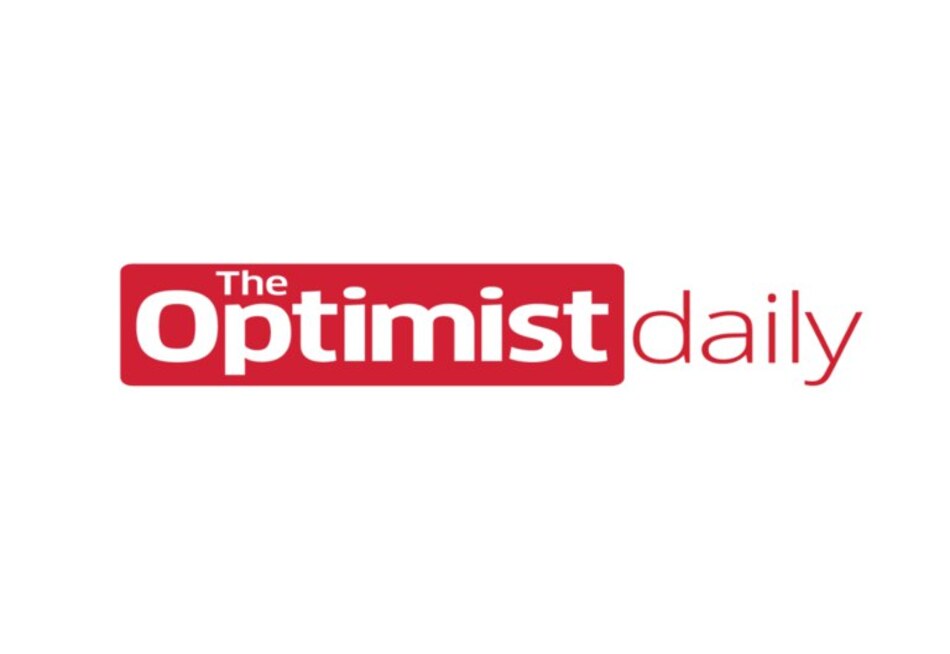The ever-growing collection of renewable energy technologies will transform our energy systems to be greener and more reliable, but updating our electricity grid to support renewable energy is no easy feat. It means overhauling and improving infrastructure throughout the entire country. This challenge is one that the National Renewable Energy Laboratory (NREL) is ready to take on. Based in Colorado, the lab is a testbed for adapting our grid to be more renewable-friendly.
The lab’s Advanced Research on Integrated Energy Systems (ARIES) division is working with the Department of Energy to de-risk the technical, operational, and financial impacts of large-scale renewables integration. One example of these experiments includes testing the impacts of battery and hydrogen-powered energy storage systems on the grid. They’re also looking at the impacts of “smart thermostats” and other automated devices.
In addition to foreseeing potential future roadblocks in the transition to renewables, ARIES is also solving issues already facing our out-of-date grid. This includes protecting against large-area blackouts and damage caused by storm surges and wildfires.
Transitioning an entire nation to renewables will require figuring out cost-effective ways to combine large quantities of electricity from wind, solar, and geothermal sources, so ARIES is working with businesses, neighborhood councils, environmental groups, and school districts to map out the needs and contributions of different industries.
Predicting and finding solutions to problems in the energy grid before they strike is critical to mitigating the potential issues that can arise when modifying an entire energy grid. One solution to this is localizing our power grids. Different areas experience differing threats to power. For example, a California power grid would be highly threatened by wildfires, but one in Oklahoma is more concerned about the implications of tornados.
Whether managed by large or small scale grid systems, the NREL team is doing the critical work to identify how to solve potential issues in the transition to renewables before they manifest so that this green power movement can occur as seamlessly as possible.











